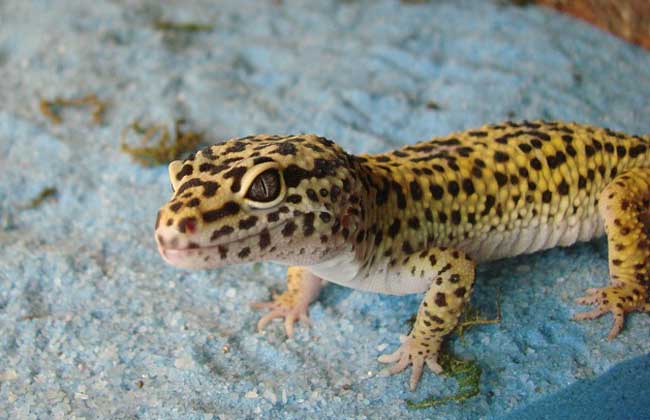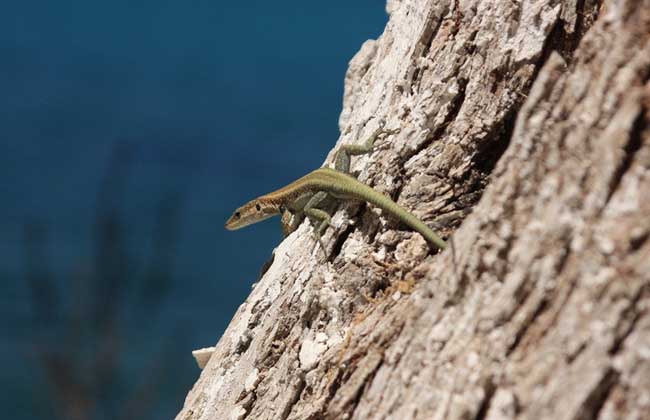How long is the life span of gecko

The gecko's back and abdomen is flat, the body is lined with grain scales or mixed wart scales, the fingers and toes expand, and the skin folds are formed below them, densely covered with glandular hair, and have the ability of adhesion, which can crawl quickly on walls, ceilings or smooth planes. China's common verrucous geckos, non-webbed geckos, webbed toe geckos and so on, let's take a look at how long the gecko's life is!
How long is the life span of gecko
The life span of gecko is generally 5-10 years, rarely more than 10 years. According to modern biology, the average lifespan of gecko is about 5-8 years.
What kind of food does gecko eat?
Geckos have various feeding habits, mainly live insects, and they are beneficial and harmless animals. Flies, mosquitoes, cockroaches and yellow powder insects are all good fodder for geckos. Farmers can not only catch them in the wild, but also raise them in captivity.
The living habits of gecko
1. Environment: geckos often live in woods, deserts, grasslands and residential areas. They go out day and night, lurking in hidden places such as cracks, tile eaves, cupboards and other hidden places during the day, and come out at night to look for all kinds of insects. The most suitable temperature zone for activity is 25-33 ℃, and the relative humidity is 55%. 70%. It has the habit of hibernation. When the temperature drops below 15 ℃, it begins to sting and enter hibernation. When the temperature rises to 15-18 ℃, they begin to sting and foraging one after another.
2. Tail amputation: when the gecko is strongly disturbed, the tail can be amputated by itself, and a new tail can be regenerated later.
3. Reproduction: gecko is an egg-laying animal, which usually lays eggs once a year. The wild spawning period is generally from late May to early August. An average of 1.8 nests are laid in a breeding period, with two eggs in each litter, and sometimes several females lay eggs together. There is a significant positive correlation between the weight of each litter and individual size, the spawning frequency of large individuals is also high, and the breeding period of females can be changed by ambient temperature.
Related
- A course of planting techniques and methods on how to grow carrots
- How to plant the latest tulips?
- Is it better to pick tea in the morning or in the afternoon? When is the best time for tea to be picked? what is the third or fifth tea?
- Launch Yuanxiao Happy combination Haocha + Tea Yuan healthy Taste
- Penghu Tourism "Fireworks 20 Parade with You"
- 2022 West Lake Happiness holds "Digital Revitalization Voucher" and draws iphone13 and laptop.
- Banqiao Fuzhou social houses are designed to change start-up combined with police elimination to create a safe and livable environment
- The convenient measure of "mechanical weeding" in Xinbei has been abused and the Agriculture Bureau has imposed heavy penalties on the illegal land consolidation.
- Changgeng University Joins Hands with Four Memory Factories to Rescue Memory Talent Shortage
- The list of Taiwan's top 100 MVP managers is listed by the Director-General of the Farmers' Association of Sanxia District.



